As this is a new virus and experts are still trying to fully understand the disease progression, interim guidelines have been produced by the Centre for disease control (CDC) in the US around breast feeding your baby if you have symptoms or a diagnosis of Covid-19. This interim guidance is based on what is currently known about COVID-19 and the transmission of other viral respiratory infections.
Transmission of COVID-19 through breast milk
Much is unknown about how COVID-19 is spread, however what we do know about it is that spreading from person-to-person occurs mainly via respiratory droplets produced when an infected person coughs or sneezes. This is similar to how influenza (flu) and other respiratory pathogens spread, so scientists can look to what they know about other similar diseases like Severe Acute Respiratory Syndrome (SARS-CoV). In studies of this, and the very few limited studies of pregnant women with Covid-19, the virus has not been detected in breast milk. Ultimately though, they do not currently know for certain whether mothers with COVID-19 can transmit the virus via breast milk.
What we do know is that breast milk provides protection against many illnesses. The current recommendation is that a mother with any type of flu continue breastfeeding or feeding expressed breast milk to her infant while taking precautions to avoid spreading the virus to her infant, (unless breast feeding is contraindicated due to a mothers underlying medical history).

Guidance on breastfeeding for mothers with confirmed or suspected COVID-19
Currently the main concern is not whether the virus can be transmitted through breast milk but rather whether an infected mother can transmit the virus to her infant through respiratory droplets during the period of breast feeding . A mother with confirmed COVID-19 or who is symptomatic and self isolating should take all possible precautions to avoid spreading the virus to her infant, including washing her hands before touching the infant and wearing a face mask, if possible, while feeding at the breast.
If expressing breast milk with a manual or electric breast pump, the mother should wash her hands before touching any pump or bottle parts and follow recommendations for proper pump cleaning after each use. If possible, consider having someone who is well, feed the expressed breast milk to the infant.
So how can you get prepared for feeding your newborn during this pandemic?
If you are over 37 weeks and socially distancing at home (as per government guidelines for pregnant women) then this is a great opportunity to collect as much colostrum as you can whilst you are asymptomatic so that if you do contract the virus postnatally you can limit the spread by droplet transmission to your newborn baby and ask you partner to feed the baby your stored colostrum which has been defrosted to room temperature by running the syringe under a warm tap
Why is colostrum so important?
- Colostrum stabilises a baby’s blood sugar at birth which is particularly helpful if baby is born to a mother with gestational diabetes.
- Colostrum can help baby to flush out the pigment bilirubin from their blood stream as it is a laxative and helps baby to pass their first poo (meconium) and so allow them to overcome newborn jaundice much quicker look at kay and jamie’s story . Baby Bowie had jaundice on day 2 but it was quickly cleared because of all the colostrum he was supplemented with whilst kay was waiting for her milk to come in.
- Colostrum helps keep baby hydrated
- Colostrum helps the immune system develop and contains antibodies to protect baby
- Colostrum protects against allergies. Colostrum helps the digestive system develop normally and introduces friendly bacteria to colonise the gut.
Is it difficult ?
Colostrum harvesting is not difficult and its all about the technique. Even if you don’t plan to breast feed , expressing colostrum will give your baby’s immune system a real boost and develop their microbiome.
Colostrum harvesting is particularly important if you have Gestational diabetes and many trusts now actively encourage this preparation to prevent baby’s blood sugar falling after birth.
For a step-by-step guide on how to express colostrum click here for information provided by gestionaldiabetes.co.uk. (scroll down to bottom of the article for how to do this whether diabetic or not the instructions are the same)
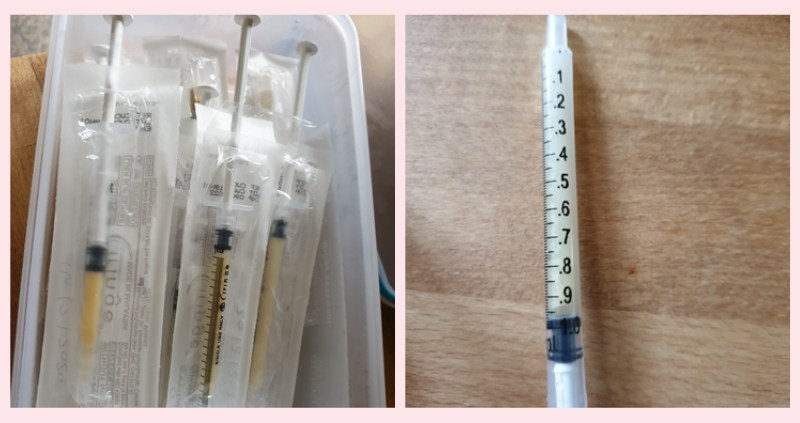
Top tips for Colostrum harvesting and use.
- Antenatally Collect colostrum where possible and freeze it until baby’s birth.
- If you have seen no evidence of colostrum ‘leakage’ from your breast antenatally this does not mean it won’t be there. with some gentle encouragement it will soon start flowing.
- Do not express colostrum antenatally if you are at risk of premature birth, always check with your midwife first if you are consultant led to check its safe to express antenatally.
- Do not use a pump to express colostrum antenatally only use gentle hand expression .
- 1ml syringes are ideal to collect the colostrum, as you can collect as much or as little as available. If your production is still building up then use one syringe for a 24 hour period, keep it in the fridge in between usage and freeze after 24 hours.
- When you go into labour and leave for the hospital/birth centre take a handful of the colostrum filled syringes and place them in a cool bag with an ice block so they are kept safe until baby is born. Expressed milk defrosts quickly in this small volume when taken out of the cool bag.
- At birth – Always attempt to get baby latched at the breast initially as this gives direct stimulus to your breast and will help the uterus to contract down following birth, and encourage your milk to ‘come in’.
- If the initial latch has not been possible use the colostrum you expressed antenatally.
- Colostrum will still be produced at birth even if you have been expressing antenatally from 37 weeks it is not in a finite amount and it is the only fluid your breast will produce until your milk comes in.
- Postnatally– If you have symptoms and are self isolating for 7 days wash your hands before picking baby up, wear a mask and dispose of the mask carefully after the feed.
- If you are feeling unwell ask your partner to support you with hand expressing colostrum until your milk comes in and then express the milk with a manual or electric breast pump so that your partner can feed baby whilst you are recovering.
- Keep hydrated particularly if you have symptoms as this will help in your recovery process and ensure the production off your breast milk is not affected
- As long as you are regularly stimulating the breasts through expression, pumping or direct feeding at the breast then the milk supply will be maintained until you are feeling better.
- Formula feeding and supplies are running low in supermarkets and chemists ? focus on selecting a tin with the number 1 on the tin as this is suitable from birth to 12 months of age.

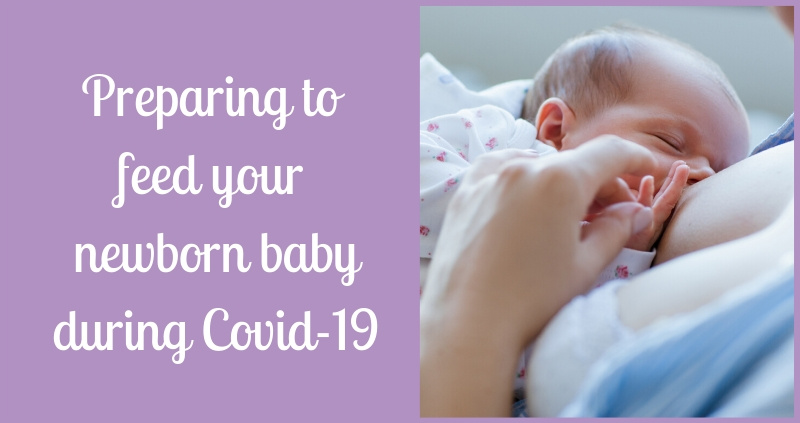


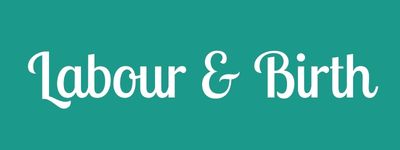
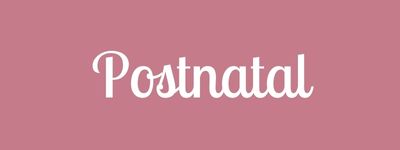

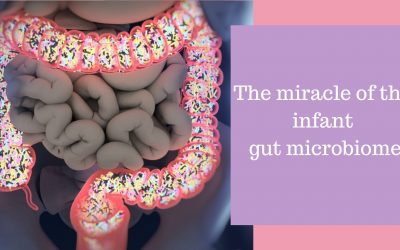
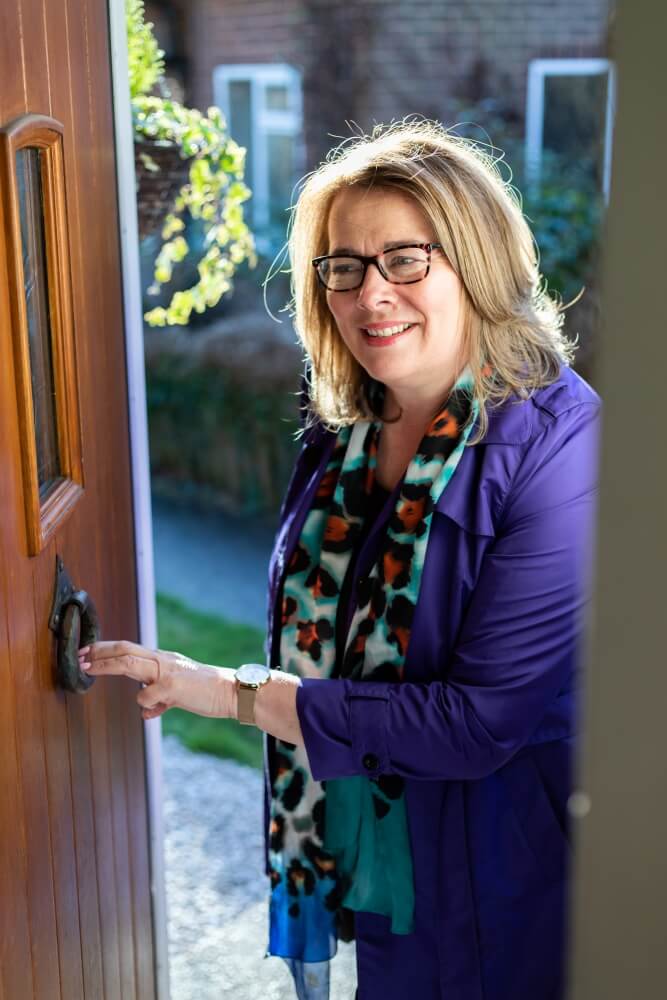
0 Comments